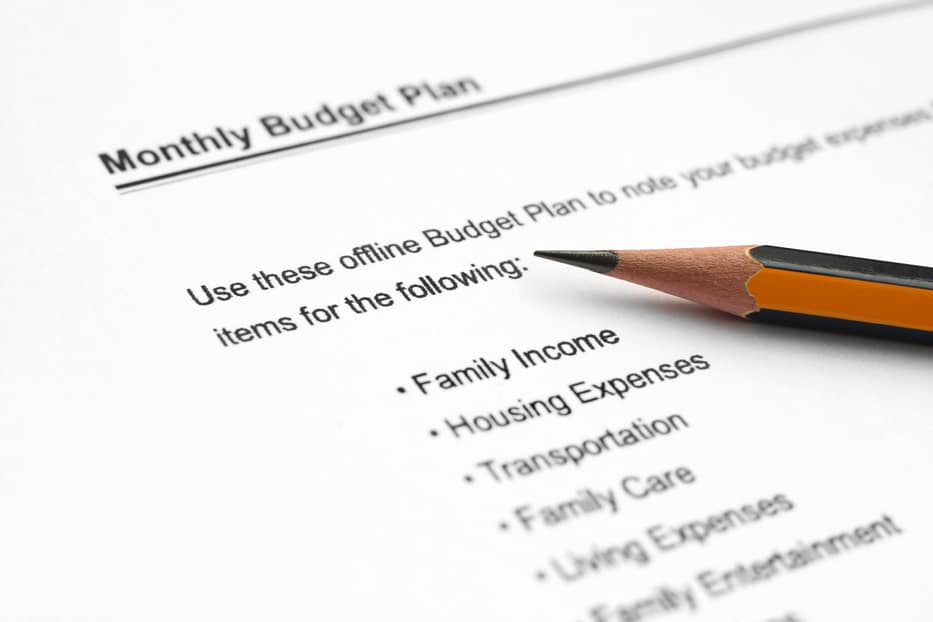As you’ve grown your career and saved for retirement, you’ve learned a lot about financial planning and building wealth. Do you want to pass that wisdom on to your children? No matter how old your kids are, it’s never too early (or late!) to discuss finances and help them build the skills they need to successfully manage and grow their money.
With young children, it’s fairly easy to cover the basics: explaining how credit cards work, talking about income vs. expenses, and encouraging them to save up for big purchases. But as your children get older, the topics become more complex: figuring out how to pay for college, deciding whether to finance a car, understanding how a mortgage works, and determining the best retirement strategy.
At Guiding Wealth, we believe that smart planning is the key to building stable, healthy finances. We want to help you teach your children the best financial planning skills. Doing so can help you feel confident they’ll head out into the world with the knowledge and tools they need to manage their money effectively. The best way to have these conversations with your kids is to break them down into two main topics: monthly budgeting and long-term wealth building.
Talk About Month-to-Month Cash Flow
The first financial topic to discuss with your children is day-to-day money management. The goal is to help them to make wise tactical decisions with the money they have now.
Tracking income and expenses

Start with the foundation of budgeting: Don’t spend more than you make. While this is a fairly straightforward concept, the practical application can be hard, especially in certain phases of life. For example, it’s easier for a young child to save their allowance for a toy they want than for a teenager to figure out how to use a credit card responsibly.
As your children get older, it’s important to help them transition into financial self-sufficiency. This can become complicated quickly. Your teen may want to buy their first car, but can they afford all the extra expenses: gas, insurance, maintenance, and registration fees? The more details you can cover in your financial conversations with older kids, the better.
Budgeting for monthly and yearly expenses
The concepts of budgeting are important, but the practical elements are even more essential. Make sure to discuss and practice the actual steps of budgeting. If you’re comfortable with it, share your own household budget with your older children or teens. Going through it line-by-line can help your kids see what real-world financial planning looks like.
If you aren’t comfortable letting your children see all the details of your income and spending, you can work with them to set up their own budgets. There are countless different apps and programs available, but we recommend BudgetingBlocks™. This hands-on system makes it easy to visualize income and spending.
While the majority of budgeting covers monthly expenses, don’t forget about yearly costs. Help your children figure out how to save for bigger yearly expenses, such as holiday gifts and car registration. Planning for both monthly and yearly expenses can give your kids good practice for things like taxes and annual vacations.
Develop a Big-Picture Viewpoint
Helping your child get comfortable with the tactics of monthly budgeting is a great first step, but it’s just as vital to work on the strategic side of money management. These are the big-picture concepts like building net worth, saving for retirement, and purchasing a home.
While this “abstract” side of financial planning seems less important than the day-to-day, the fact is that both parts are equally essential. Financial health depends on these two elements being in sync with each other.

Planning for big-ticket items and debt solutions
Along with monthly budgeting, it’s essential to play the long game in terms of your finances. This means figuring out strategies to pay for college, save up an emergency fund and a house down payment, build credit, and cover the cost of a car. It’s also important to approach debt repayment with a strategy. The monthly budget should incorporate debt payments: auto loans, credit card bills, mortgage, and student loan payments.
If you are talking to grown children, you may want to (carefully) mention the financial side of family planning. Raising a family costs more than just the initial child care expenses; it’s important to prepare for college savings, life insurance, and medical care. Saving for retirement is another vital piece. The earlier you can start planning for retirement, the better.
Building net worth
The final piece of strategic financial planning is building net worth. This requires taking a long-term view of your finances. Help your children understand what assets and liabilities are. Show them how to work toward building those assets and minimizing the liabilities. These long-term ideas should influence the monthly budget, bringing the practical side in line with the strategic side.
Prepare Your Children To Effectively Manage Their Finances
If you want to help your children build sharp financial management skills, start working with them as soon as possible. Even young children can understand the basics of budgeting. But even if your children are older, it’s not too late to build their financial knowledge. The first step is helping them understand that building wealth requires a two-pronged approach: tactical monthly budgeting and strategic long-term planning.
We are always here to provide customized advice to our clients, but we also offer some easily accessible resources to get you and your children started. Check out BudgetingBlocks™, which makes tracking income and expenses fun. Use our calculator tool to discuss the financial side of changing careers. And help them understand how to start planning for retirement, even in the midst of a recession. With these resources, you can give your children a solid financial foundation.


